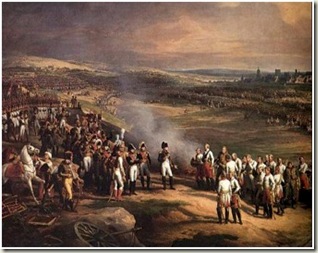Power of Fluidity
Some people discount ‘flexible working’ as some trendy new management fad or an earthy-flaky progressive approach for perhaps young or new organisations. Actually, the principles of flexible organisation and execution are considered one of the mainstays of perhaps the most rigidly controlled enterprise of all – military strategy.
Robert Greene’s excellent ‘The 33 Strategies of War’ examines it as strategy #6 – “Segment Your Forces: The Controlled Chaos Strategy”.
“The critical elements in war are speed and adaptability – the ability to move and make decisions faster than the enemy.”
“Thus the army...moves for advantage, and changes through segmenting and reuniting. Thus its speed is like the wind...” – The Art of War, Sun-tzu (4th century BC)
Greene highlighted Mongol warrior philosophy (which practiced flexible organisation in hunting exercises...sort of a latter day ‘team building offsite’), and the German ‘Auftragstaktik’ strategy introduced by von Clausewitz (“their success culminated in the most devastating military victory in modern history: the 1940 blitzkrieg invasion of France and the Low Countries.”).
But the most dramatic illustration was the very heart of Napoleon’s whole approach to warfare (which in fact inspired the German ‘Auftragstaktik’ after they had suffered severely at the hands of Napoleon’s flexible prowess. He examined the Battle of Ulm where Napoleon’s 70,000 force defeated an alliance of Austria, England and Russia with a combined strength of 500,000 men.
“The key to the [Napoleon] system was the speed with which the corps could move...Little time was wasted with passing orders back and forth...Instead of a single army moving in a straight line, Napoleon could disperse and concentrate his corps in limitless patterns which to the enemy seemed chaotic and unreadable...In the end, fluidity will bring you far more power and control than petty domination.”
